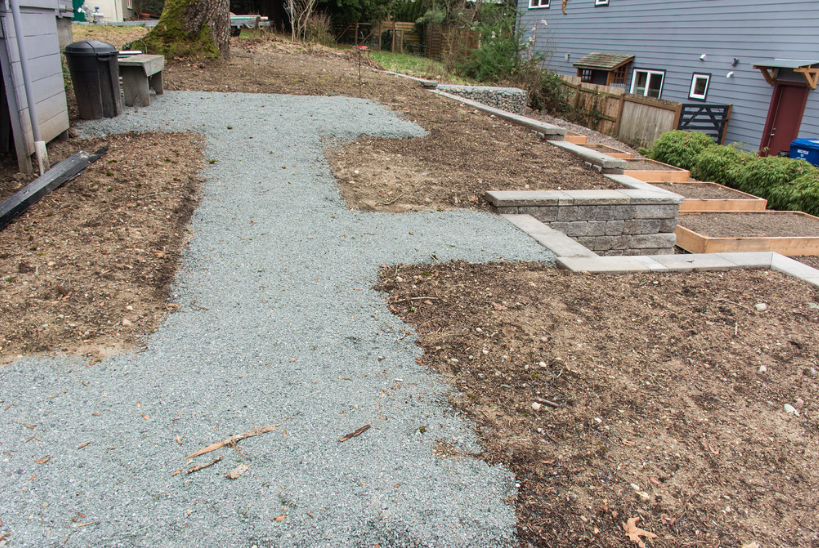Hardscaping is an important aspect of landscaping that can add both function and aesthetic appeal to outdoor spaces. By using hard materials such as stone, brick, or concrete, you can create outdoor features that are both durable and attractive.
One of the main benefits of hardscaping is that it adds structure to a landscape. Patios, walkways, and retaining walls are all examples of hardscape features that can provide a defined area for outdoor activities and add visual interest to a space. These features can also be functional, providing a surface for furniture or serving as a boundary or separation between different areas of a landscape.

In addition to adding structure, hardscaping can also enhance the overall aesthetic appeal of a landscape. There are many different types of materials that can be used for hardscaping, including natural stone, brick, concrete, and even wood. Choosing the right materials and designing the hardscape features in a way that complements the overall landscape design can create a cohesive and visually appealing outdoor space.
Hardscaping can be a major undertaking, and it’s important to consider the size and scale of the project before starting. You may need to hire a professional landscaping company to design and install your hardscape features, or you may be able to do the work yourself with the right tools and knowledge. Either way, it’s important to plan the project carefully and consider factors such as the layout of the space, the materials being used, and the overall style and design of the landscape.
If you’re considering adding hardscape features to your landscape, there are a few key things to keep in mind. First, consider the purpose of the hardscape. Are you looking to create a patio for entertaining, a walkway for easy access to different areas of the landscape, or a retaining wall to add elevation or provide support? Understanding the purpose of the hardscape will help you to determine the best materials and design for the project.
Next, consider the style and aesthetic of the landscape. Choose materials and design elements that complement the overall look and feel of the space. For example, a natural stone patio might work well in a rustic or natural landscape, while a sleek, modern concrete patio might be a better fit for a contemporary landscape.
Finally, consider the budget and maintenance of the hardscape. Some materials, such as natural stone, maybe more expensive upfront but may require less maintenance over the long term. Other materials, such as wood, may be less expensive but require more frequent maintenance to keep them looking their best.
In conclusion, hardscaping is an important aspect of landscaping that can add structure, function, and aesthetic appeal to outdoor spaces. By carefully considering the purpose, style, and maintenance of hardscape features, you can create a beautiful and functional landscape that enhances the overall look and feel of your outdoor space.

